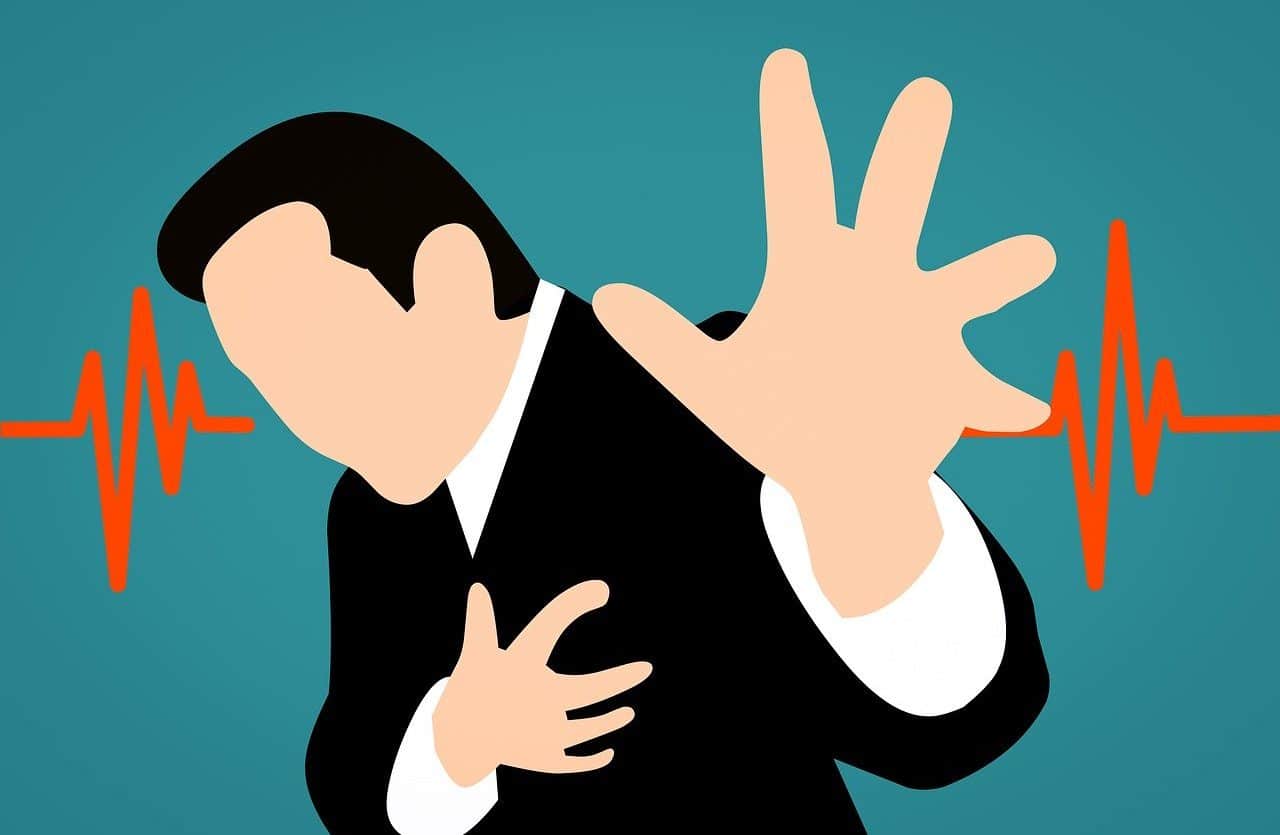
Bradycardia is a slower than usual heart rate.
Bradycardia is a heart rate that is slower than what is normally recorded. In bradycardia, the sinoatrial node emits less than sixty beats per minute .
It should be noted that the structure where the electrical impulse that causes the heartbeat is born is called the sinoatrial node. If the sinoatrial node does not function, the task is taken over by the atrioventricular node . This second node usually generates between forty-five and fifty-five beats per minute , a figure that also implies bradycardia.
It can be said, therefore, that bradycardia appears when the sinoatrial node emits fewer beats per minute than normal or when the atrioventricular node assumes the function of producing the electrical impulse but with a reduced heart rate.
Origin of bradycardia
The origin of bradycardia is found in the interruption of electrical impulses that, in a normal situation, regulate the rhythm of heartbeats. This failure may be due to a congenital disease ; damage or infection of the heart tissues; hypertension (high blood pressure); hemochromatosis (excess iron); hypothyroidism; lupus; or a low body temperature, for example. Certain medications can also cause bradycardia.
It is important to note that bradycardia can be a symptom of heart disease or brain injury . Once bradycardia is detected, the doctor must perform a thorough evaluation to discover its cause as it may reveal the existence of a congenital disorder or an infection, to name two possibilities. If the patient in question is an athlete, knowing the cause of bradycardia can save his or her life because certain congenital diseases prevent intense physical activity.

Bradycardia can be a symptom of heart disease.
Prevention and treatment
One of the most effective tips to prevent bradycardia is to lead a healthy life, eliminating harmful foods, exercising regularly, controlling body weight, cholesterol and blood pressure, avoiding tobacco and excess alcohol. These are some of the points to keep in mind, but all of them reduce the risk of almost any heart disease.
That said, not all patients can or should receive the same treatment for bradycardia, but it depends on a number of factors, such as the cause of the slow heart rate, the severity of the symptoms, and the type of conduction problem. electrical. When bradycardia occurs as a result of an underlying disorder, such as obstructive sleep apnea or hypothyroidism, then treating this problem may be enough to resolve the other.
It is important to note that certain medications can cause bradycardia, and among them are some of those used to combat other heart diseases. In a case like this, the doctor may prescribe alternative drugs to the patient after careful evaluation. For example, slow heart rate can be corrected in this way or even by reducing the dose . If it is not possible to resort to other treatment, then the need for a pacemaker arises.
Bradycardia and pacemakers
The pacemaker is a device that is placed under the collarbone through surgery. For its operation it needs a constant supply of energy, which it gets from the batteries. The implant also includes the placement of a series of cables that pass through the veins and reach the heart, where they join the tissues with the help of small electrodes.
Many bradycardia patients must use a pacemaker as part of their treatment. This device has the task of generating electrical impulses and controlling the heart rate at a level considered adequate for the correct functioning of the body. Almost all pacemaker models can also collect and record data that doctors later use during checkups. Follow-up appointments should be scheduled regularly.
